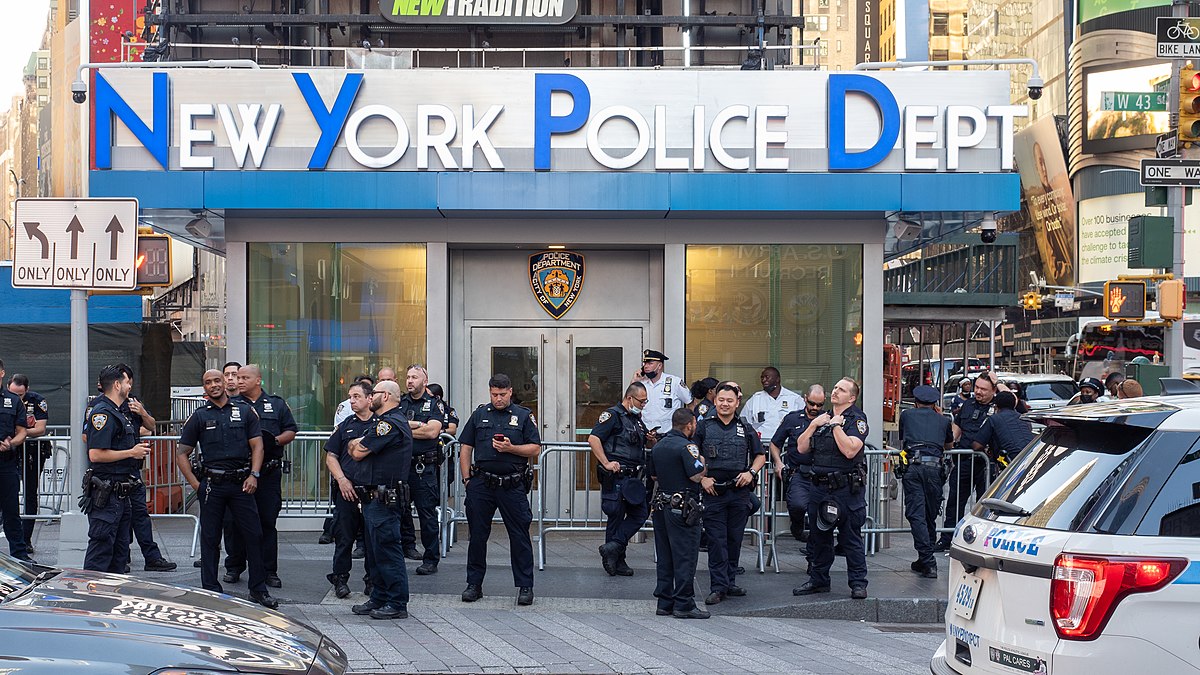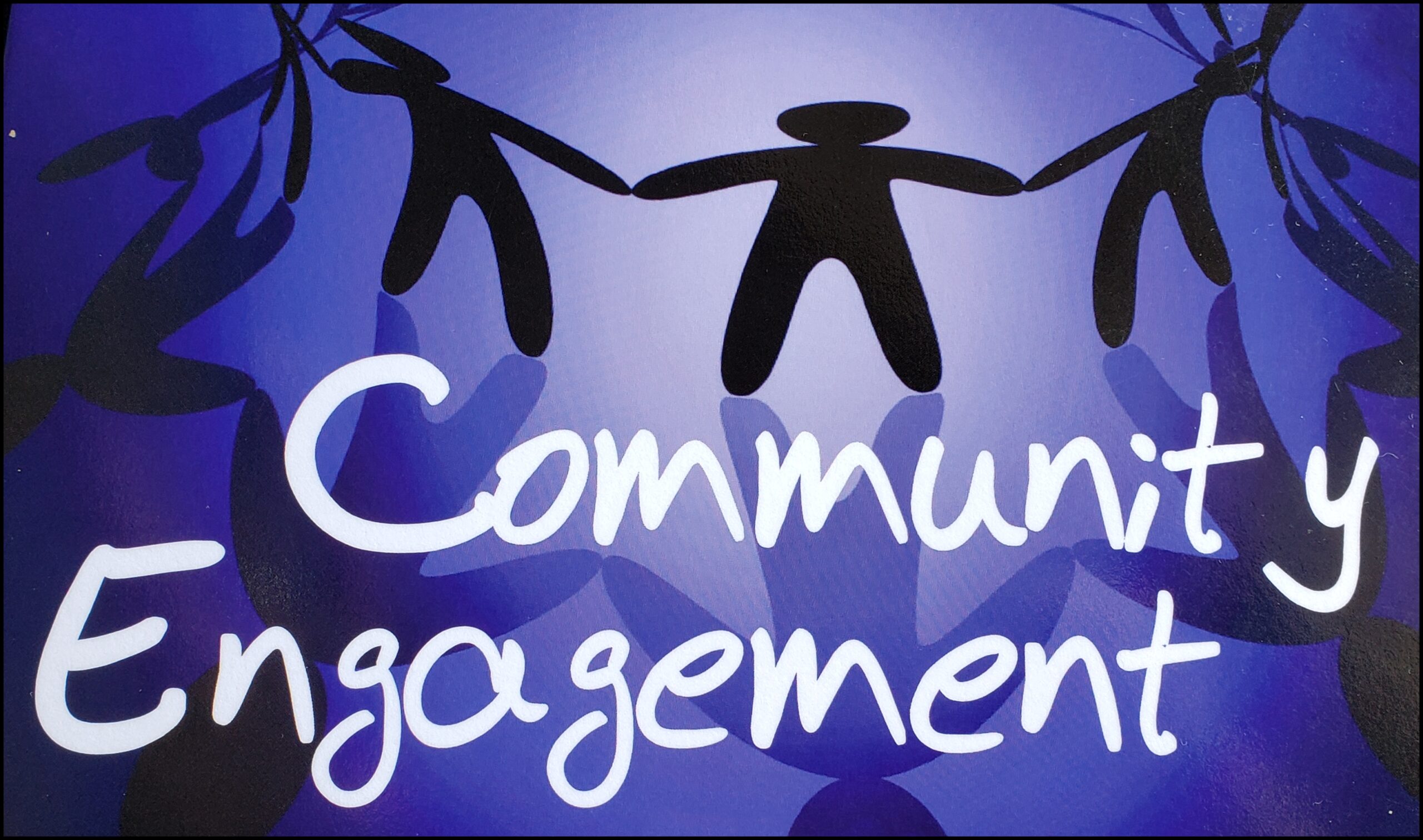Introduction:
Police Forces in Contemporary Culture
Police agencies have a crucial role as protectors of the law, guaranteeing public safety and maintaining order in metropolitan areas. This article examines the many facets of police work, illuminating their duties, difficulties, and steadfast dedication to the public good.
The Development of Police Departments:
A History
Over the years, police forces have experienced substantial changes. The evolution of law enforcement, from conventional methods to the contemporary, community-focused approach, reflects the shifting dynamics of society. Gaining an understanding of this journey might help one better understand the priorities and current operations of police forces.
Maintaining Public Safety and Upholding the Law are Core Functions
The responsibility to enforce the law and protect the community is at the center of the work of every police department. This entails keeping the peace, preventing and looking into crimes, and handling crises. Ensuring that residents are in a secure environment is contingent upon the smooth execution of these duties.
Building Bridges for Effective Law Enforcement through Community Policing
The idea of community policing is central to modern police practice. Developing close relationships with the community promotes cooperation and trust. Officers proactively interact with the public, listening to their issues and cooperating to find solutions. Law enforcement operations are more effective when they take a proactive stance.
Technological Developments:
Increasing Police Productivity
The use of technology in police operations is essential in the twenty-first century. These techniques, which range from sophisticated surveillance systems to data analytics, enable police to more successfully fight crime. Adopting technology enables a more planned and focused approach in addition to increasing productivity.
Police Department Challenges:
Handling Complicated Situations
Police departments face several difficulties despite their crucial role. These could include changing criminal patterns, public scrutiny, and resource limitations. To build informed plans to address these issues and promote resilience and adaptation within the force, these challenges must be acknowledged.
Widening Mideast Crisis Urgent Insights from U.N. Officials
hiring and training:
forming law enforcement’s future
The quality of a police department’s workforce determines how successful it is. Thorough hiring procedures and extensive training regimens guarantee that cops are prepared to tackle a wide range of difficulties. Putting money into human resources is an investment in the department’s overall performance.
Public Support:
Fortifying the Link between the Community and the Police
Success depends on the police and the community having a mutually beneficial relationship. Support from the public can take many different forms, ranging from collaboration during inquiries to initiatives involving the community. Unity and a sense of shared responsibility are fostered when police officers’ positive achievements are acknowledged and celebrated.
To sum up, police forces are the foundation of a safe and just society. Their development, fundamental roles, technological application, and community involvement all contribute to the fine balance needed for efficient law enforcement. To ensure the ongoing safety and well-being of our communities, we must recognize and support the efforts of our police departments as we negotiate the challenges of modern life.
Technology and Programming Navigating the Ever-Changing
Maintaining Public Safety
The New York City Police Department (NYPD) is a sign of excellence in law enforcement, protecting the busy city and its citizens. This article explores the NYPD’s long history, clerical design, and steadfast devotion to enforcing the law.
A Look at the Prominent Past of the New York Police Department
Established in 1845, the NYPD has adult to become one of the world’s most important law enforcement agencies. From its modest early period to its present position, the sector has been essential in defining the city’s environment and creating a sense of security among its inhabitants.
Organizational Framework:
Handling the Intricacy
It is essential to realize the clerical structure of the NYPD to value its worth. The limits, which are arranged to cover exacting geographic regions, are how the branch functions. The NYPD uses a clearly defined chain of rules to arrange its ladder, which consists of officers, sergeants, lieutenants, captains, and upper.
Cutting-Edge Technology:
The NYPD’s Crime-fighting Arsenal
The NYPD uses state-of-the-art technologies in its solid pursuit of public safety. The department uses a sophisticated toolkit, including facial recognition and predictive analytics, to effectively combat crime. Officers are empowered by this technological integration, which guarantees a proactive approach to law enforcement.
Engaging the Community:
Filling in the Blanks for a Safer City
The NYPD actively engages with the community to promote trust and set efforts in addition to enforcing laws. The goal of community police programs is to foster a cooperative bond between police and the public by encouraging honest dialogue and kindness. This strategy works wonders in deterring crime and strengthening the social fabric.
The NYPD’s Dedication to Inclusion and Diversity
The NYPD is strong because of its diversity. With recruitment tactics designed to reflect the diverse fabric of the city, the department has made noteworthy progress in fostering inclusivity. A varied force improves overall effectiveness by bringing a variety of viewpoints to the table and representing the community it serves.
Behind the Scenes:
An NYPD Officer’s Day in the Life
Have you ever been curious about an NYPD officer’s typical day? An officer’s daily activities, from responding to crises to patrolling the streets, are characterized by commitment and a sense of responsibility. This section gives readers an insider’s perspective by illuminating the struggles and victories these unsung heroes have to contend with.
Gratitude for the NYPD:
An Appeal for Action
The NYPD is the lifeblood of every community, and it depends on its citizens for support. There are many ways to help efforts to make New York City a safer place if you’re passionate about doing so. Every effort matters whether it is through volunteer work, awareness raising, or small deeds of kindness.
In conclusion,
let’s celebrate the city’s guardians.
In summary, among urban chaos, the New York City Police Department serves as a ray of safety and lawfulness. The NYPD is constantly changing, from its colorful past to its dedication to welcoming the future, all while guaranteeing the safety and welfare of the dynamic populations it protects. Let’s all do our part to strengthen the ties that bind the NYPD to the citizens it serves as we honor the city’s guardians and work toward a safer and secure future for New York City.





